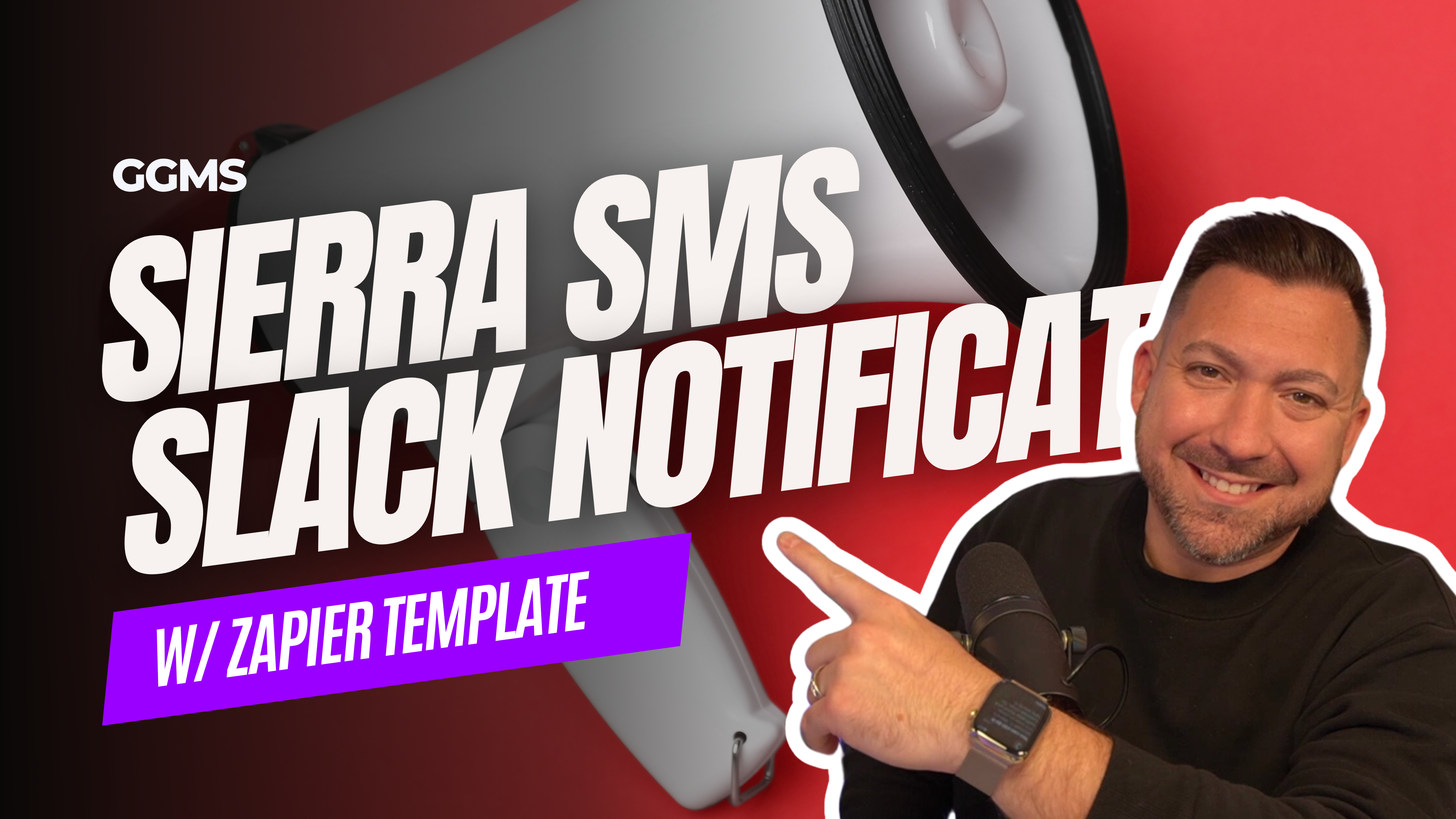Automated communication systems have become a standard practice among successful real estate teams. While they are a powerful tool, automated communication without structure can drive your leads away from you as fast as your marketing system got them.
Earning Your Conversations
GGMS uses automation to help you get closer to your leads. The main goal is to use automation to protect your agent's time while continuing to build the relationship needed to get to the appointment.
Your leads have no idea that saving property will trigger your site to reach out to them. They will appreciate it when you do, but not if the same message gets sent to them 36 times because they went property-saving crazy!
It’s up to you to protect your leads from overexposure through the automation of your marketing systems.
Below you’ll find a helpful tip on preventing leads that saved a property on your website from getting the same message every time they save a property. You should consider this method for all automations based on lead activity.
GGMS Pro Tip: Automation Cooling-Off Periods
- Automations/Action plans should always be built to deliver respectful communication to the person on the other side.
- To build action plans that respect the person on the other side, creating a cooling-off period (placeholders) within your Action Plans is necessary.
- Set a task for 30 days after the plan starts. That task will keep your lead on your plan for that period, preventing a lead from triggering that plan again for at least 30 days.
- Protecting your leads from getting multiple text messages or emails when they perform the action on your website more than once will improve your lead’s experience.
- The task is the preferred placeholder because it remains whether or not the lead has opted out of texts or has a bounced/bad email address. If your placeholder was an email or text, and your lead opts out of that communication type, the campaign will end, immediately ending your cooling-off period.
- Make the task remove itself after one day or more. This action will prevent the stacking of random tasks you put in place to extend a plan. You can also use the task as a reminder to reach out to the lead, and you might just get an appointment out of the effort.
- You will need to use a traditional action plan to accomplish this.
- To do this right, it is recommended that you create a plan for both the buyer's agents and the listing agents, along with an automaton for each lead type.
- Creating a version of this conversation based on the status of your lead is another advanced recommendation that will allow your message to match where your lead is in the process.
Let's take a look at how this works!
%20(1295%20%C3%97%20612%20px).png?width=854&name=Blog%20Graphics%20(1200%20%C3%97%20612%20px)%20(1295%20%C3%97%20612%20px).png)
In the example above, you can see the plan using a task on day 30 to hold the lead on the plan.
This is a plan for cold leads. Your messaging for warm or hot leads can be a little more dialed in as long as you have a system that runs on a set of rules for each status.
The automation below is an example of one we use. You can see we are protecting the leads first. Communication using automation must have built-in protection.
%20(1295%20%C3%97%20612%20px)%20(Poster%20(Portrait)).png?width=1587&name=Blog%20Graphics%20(1200%20%C3%97%20612%20px)%20(1295%20%C3%97%20612%20px)%20(Poster%20(Portrait)).png)
We use tags to prevent over-engaging here too. The biggest problem with using a tag to avoid engagement is that it's permanent. You would have to create a way back to a lead to remove a tag.
The plan used here as a marker to prevent the engagement is like having a fuse that ends after a period of time. We also use contact delays for this, as seen in the filter. The contact delay can not be applied using automation, and in this situation, the plan gets applied based on a lead’s activity on the website. This gives you multiple options when looking for safety measures.
At the end of the day
You are responsible for protecting the relationship you are building with your leads. Pro tips like these can be very helpful. It takes a little more time and effort, but the results will be much better!
Not a GGMS Client?
If you are not using GGMS but would like to learn more about how GGMS can turn your Sierra Interactive all-in-one system, into a communication machine, please use this link to schedule a call: www.ggms.com/schedule-call.
.png)

.png)

.png)